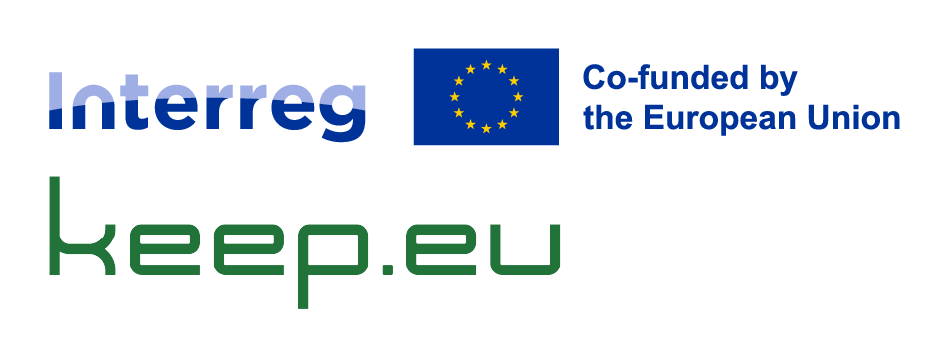Type of programme. What is it?
Keep.eu contains different types of programmes (check also FAQ entry Programmes. What does it mean within the scope of keep.eu?). They have in common their contribution to European territorial cooperation and cooperation of European Countries with countries outside of Europe. In keep.eu the following types of programmes exist:
- Cross-border (internal) programmes: They promote cooperation among NUTS III regions from at least two different member States of the European Union lying directly on the borders or adjacent to them. They focus on the border regions, thereby enhancing the cooperation process for the harmonious development of the whole of the Union.
- Transnational programmes: These programmes cover regions from several countries of the European Union to tackle common challenges through coordinated strategic responses.
- Interregional programmes: These are the so-called pan-European, or interregional, programmes, established to facilitate the exchange and transfer of experience and knowledge among regions, beneficiaries and other programmes through networking. Keep.eu was established and is managed by one of these programmes (Interact).
- Cross-border (neighbouring) programmes: These are cross-border programmes covering border regions of member States of the Union and of partner countries, to the east and to the south of the Union, and regions adjacent to these.
- Cross-border (pre-accession) programmes: These cross-border programmes cover border regions of member States of the Union and of Union pre-accession countries.
- Non-Interreg (pre-accession) programmes: These are also cross-border programmes, but between regions from two Union pre-accession countries. These programmes are also called IPA-IPA cross-border programmes.
- Other programmes (EUSALP, EUSBSR or EUSDR related): These programmes do not belong to any of the above-listed types and can be of very different natures. The programmes in this category have in common the fact that they contribute to one of the two mentioned European Union macro-regional strategies. Please refer to the FAQ entry ‘Macro-regional strategies, what are they?’.
